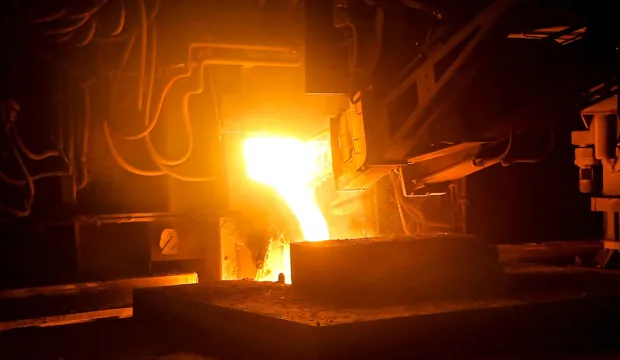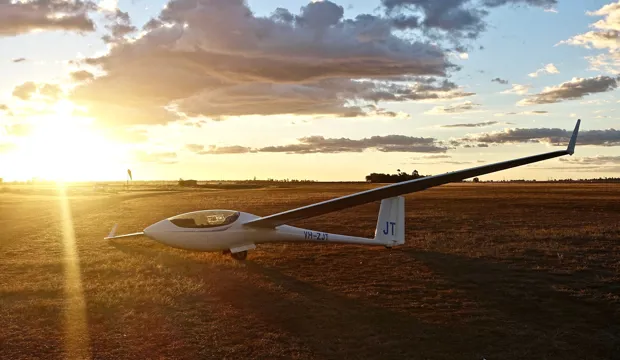
Flying by numbers with the lift equation
Rearranging and using the lift equation
In this lesson, learners will apply the lift equation to carry out a real-world aircraft design activity.
This will support their understanding of:
- manipulating the subject of equations;
- using equations;
- interpreting data presented in tables and graphs.
This is one of a set of resources produced in conjunction with the engineering company Arconic. The resources are designed to support teaching of key engineering concepts at both key stage 3 and key stage 4, including the GCSE in Engineering. This resource focuses on the application of maths in engineering.
This could be used as a one-off main lesson activity, as an introductory lesson to a wider unit of work focussing on aerodynamics or as part of a scheme on aircraft design using all of the resources developed in association with Arconic.
Activity: Writing flowchart programs to meet a given design brief
Students will firstly view our Flying by Numbers presentation to make sure that they understand the concept of lift and the lift equation. Using the information from within this presentation, they will change the subject of the formula to make wing area and velocity the focus, and then interpreting data using the tables and graphs that have been provided.
Download our activity overview and presentation for a detailed lesson plan on how to write a flowchart program to meet a given design brief.
What is the lift equation?
The lift formula is as follows:
L = d x v2 x s x CL / 2
Where:
- L = lift; for level flight this equals the weight of the aircraft
- d = density of the air. This changes with altitude – the higher you get, the ‘thinner’ (less dense) the air is
- v = velocity of the aircraft
- s = wing area of the aircraft
- CL = coefficient of lift. This is read from a graph
Wing area:
s = 2 L / (d x v2 x CL)
Velocity:
v = √(2L / (d x s x CL ))
How does air density change with altitude?
The following table explains how air density changes with altitude:
| Altitude, meters | Air density, kg m-3 |
| 0 | 1.225 |
| 1,000 | 1.112 |
| 5,000 | 0.7365 |
| 10,000 | 0.4136 |
| 15,000 | 0.1948 |
The engineering context
This lift equation is used by aerospace designers to determine the necessary characteristics of an aircraft so that it can fly.
Suggested learning outcomes
This lesson will teach students how to manipulate the subject of a formula. They’ll be able to use a formula and interpret data in tables and graphs.
Download our activity sheet and other teaching resources
The activity sheet includes teachers’ notes, useful web links, and links (where appropriate) to the national curriculum in each of the four devolved nations; England, Northern Ireland, Scotland and Wales.
All activity sheets and supporting resources are free to download, and all the documents are fully editable, so you can tailor them to your students’ and your schools’ needs.
Download our classroom lesson plan and presentation below.
Please do share your highlights with us @IETeducation.






